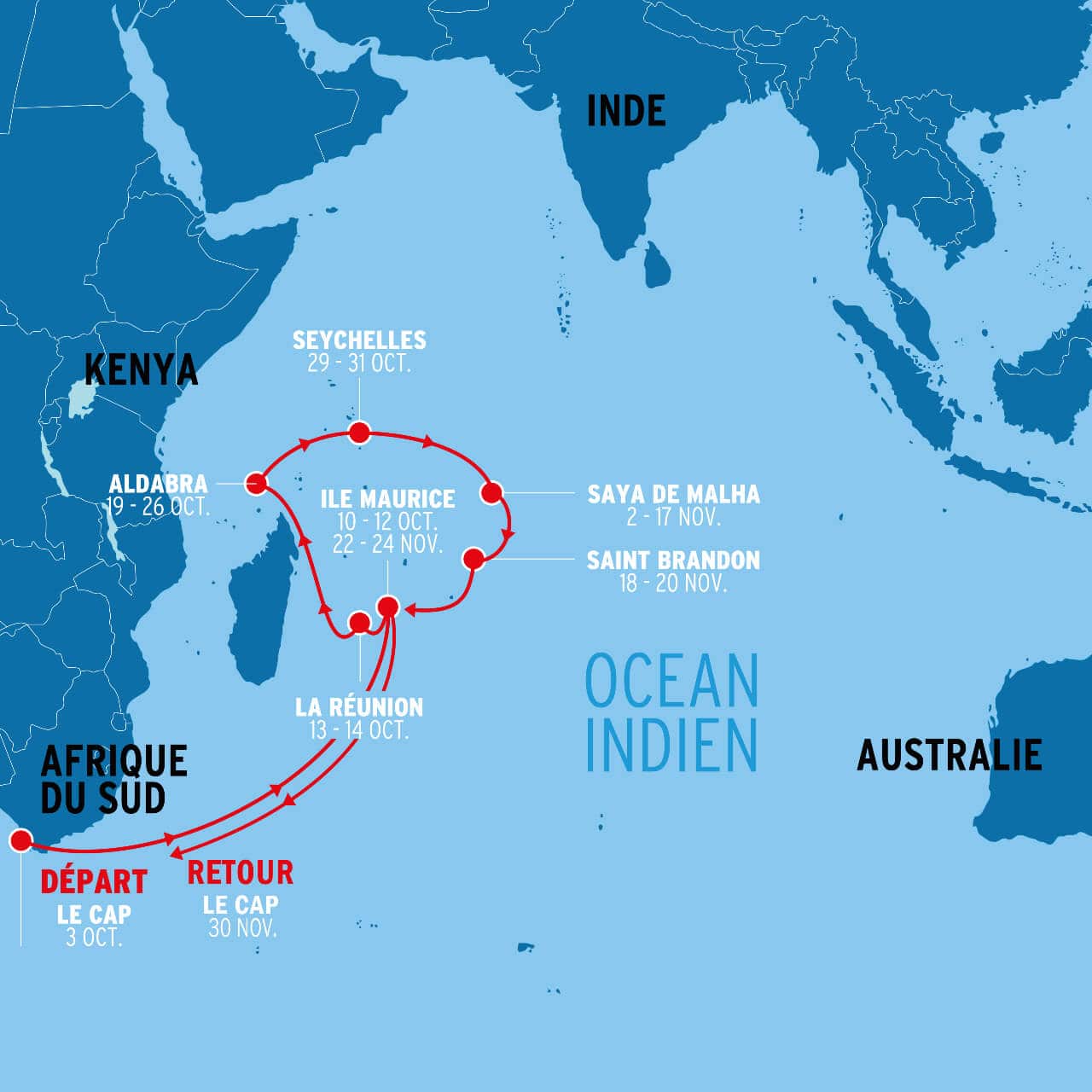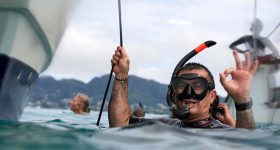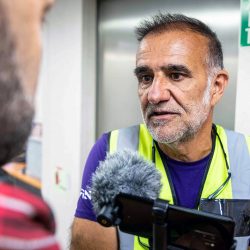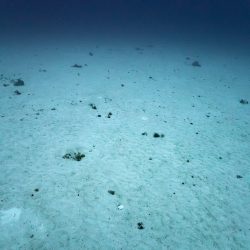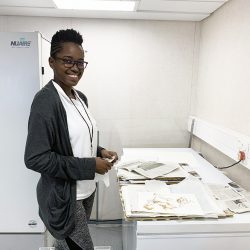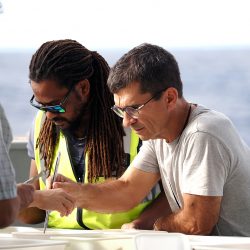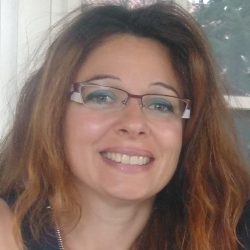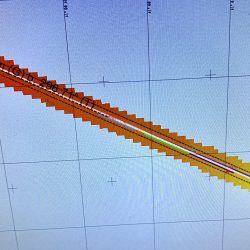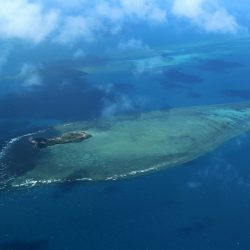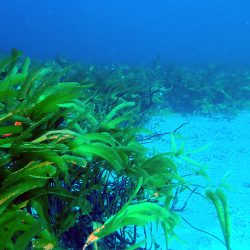
Discovery of the Saya de Malha seagrass beds with the ROV
These underwater meadows, composed of flowering plants and not algae, play an important role in the oceans but they are threatened by pollution, trawling and ocean acidification. Hence the interest in establishing a database during this expedition so that we Seychellois and Mauritians can better understand this environment in order to better manage and protect it.
Sundy Ramah, écophysicien spécialiste de la faune benthiques à l’île Maurice.
